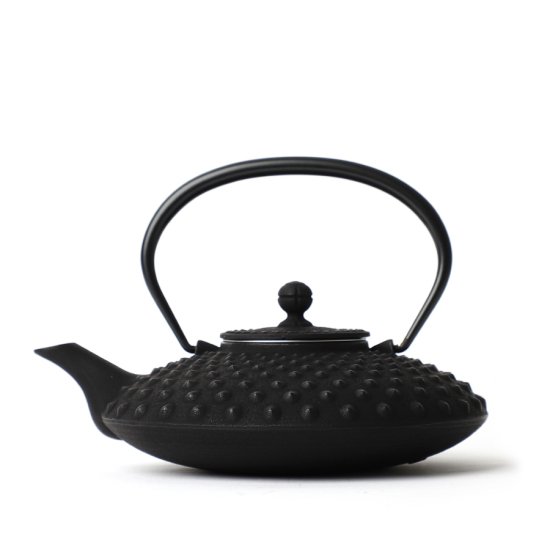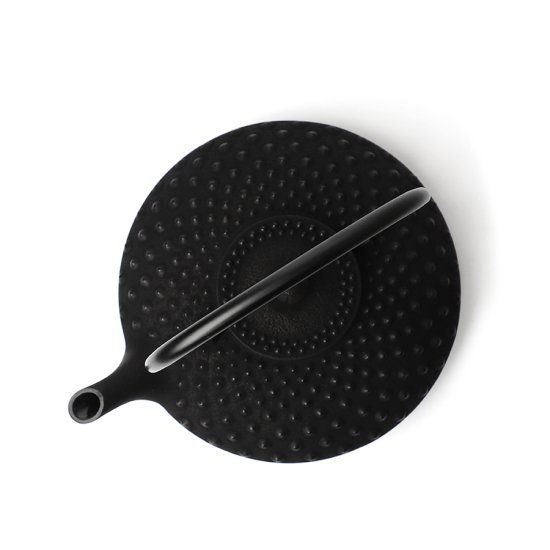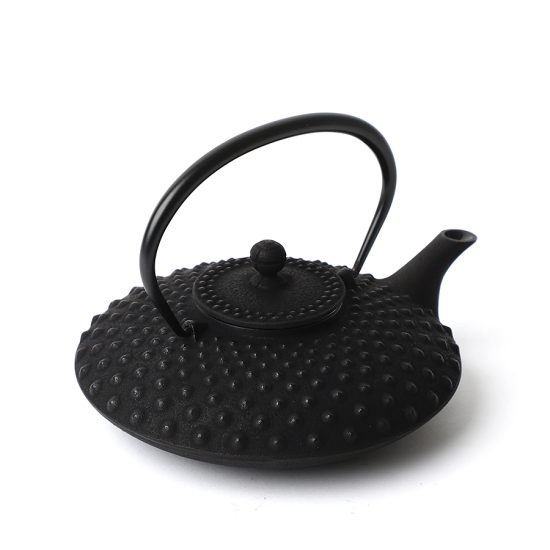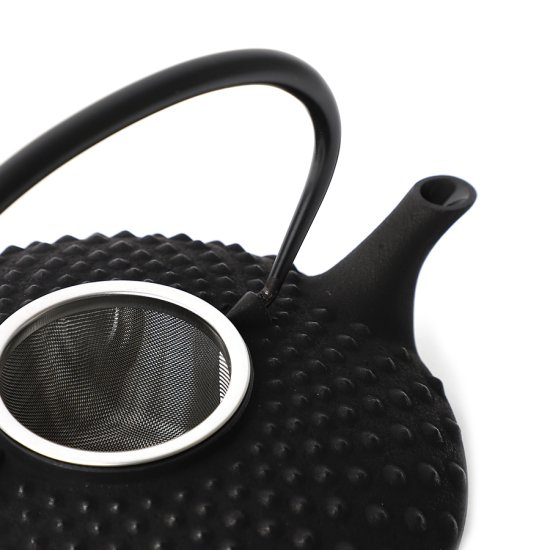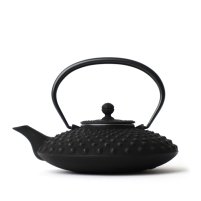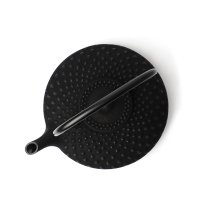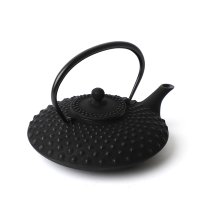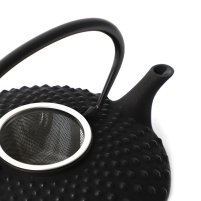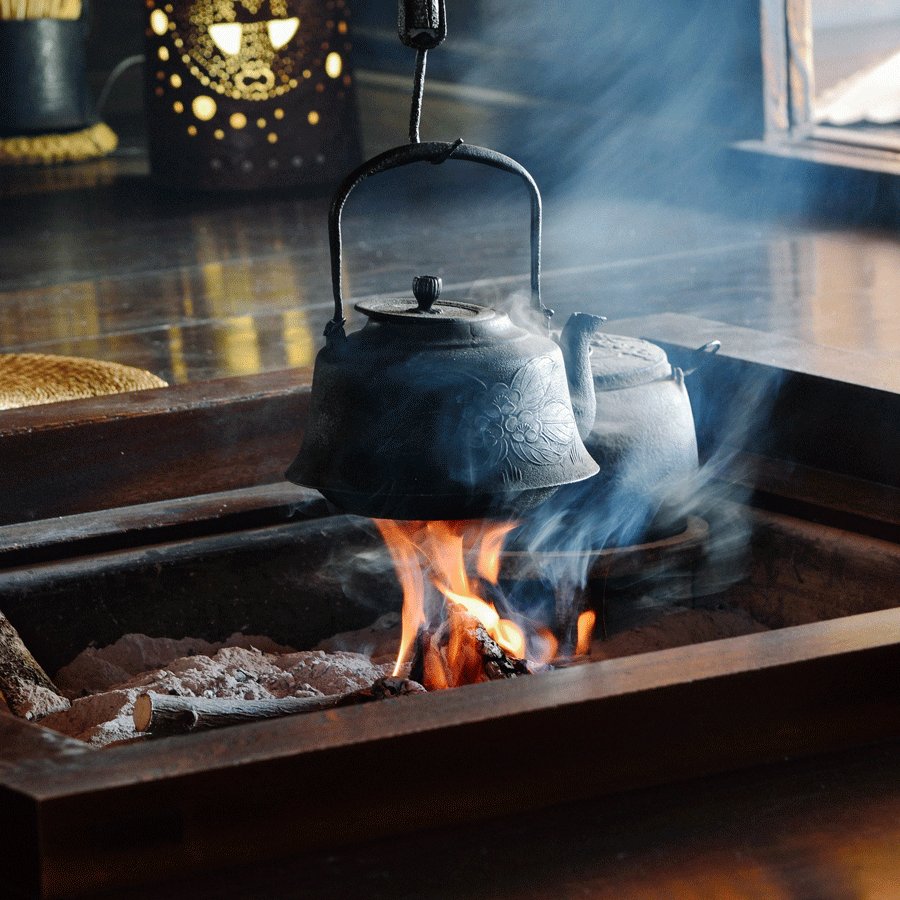The name Iwachu is synonymous with cast ironware of the highest quality, and the brand's varied product range extends from classic Tetsubin kettles, Tetsu Kyusu teapots and trivets to bells, cookware and much more. The brand has its roots in the Meiji period and uphold a 400-year-old Nanbu Tekki tradition. It also has its own production line: every step, from design planning to manufacturing to sales, is carried out by the company itself. Iwachu is dedicated to producing robust cast iron products with excellent functionality and contemporary design. Master casters at the company are required to undergo a minimum of 15 years of training, meaning that all products meet the highest quality standards.
Tetsu Kyusu
Kambin Black M
Iwachu
SKU
1736
Yoshi En has recently grown out of Sunday Natural to become an independent premium tea store. As part of this transition, some products may still be shipped in Sunday Natural packaging.
Medium sized black cast iron Tetsu Kyusu teapot by the renowned Japanese Nanbu Tekki brand, Iwachu, with a dotted Arare pattern in a flat, wide Kambin "sake warmer" style with rust-proof enamelled interior and removable stainless steel strainer. Suitable for brewing all kinds of tea from Japanese green teas to herbal tisanes, as well as for gently warming sake.
| Item | Cast iron teapot, black |
| Origin | Morioka, Iwate, Japan |
| Brand | Iwachu |
| Volume | 800ml |
| Dimensions | 16.5 x 12.5 x 7.5cm |
| Weight | 1.7kg |
| Pattern | Arare (霰 "hail") |
| Coating | Enamelled interior, urethane exterior |
| Strainer | Removable stainless steel basket |
In stock



